I had previously seen a reasonably good number of nice birds during my first visit to Kenya, fifteen years earlier, and I had just completed an amazingly productive stay in Uganda, a country whose bird list overlaps with Kenya’s to a significant degree. Therefore, I was not really expecting to add a very large number of species in my next country. There are, however, several very distinctive and special species that are possible there, as well as some nice species that are nominally widespread around Sub-Saharan Africa, but which had frustrated me up to that point. Any of those would have filled some of the annoying gaps that are still present in my personal list. I had hoped to be able to observe perhaps ten or more of those targets along my moderately-long route through the country, supplemented with anything else that might turn up. I planned on focusing on four well-known hotspots along my route, three of which were National Parks that would require a guide with a vehicle, but I knew that I would also be riding through a variety of habitats and I was not sure how productive those areas would be. As it turned out, I saw only some of my specific targets, missing others that I may have a hard time locating in the future. However, the number of observed species that I wasn’t specifically seeking ballooned quite nicely during the almost six weeks I was actively moving around the country, and Kenya now solidly occupies the third place slot for birdiest countries of the Tour. So, no more wasted time, here are some of the best sightings.
At first, new bird sightings while cycling seemed rarer than normal, but before long, satisfyingly recognized among the acacia thorns, African Gray Flycatcher became the first bird in the country…
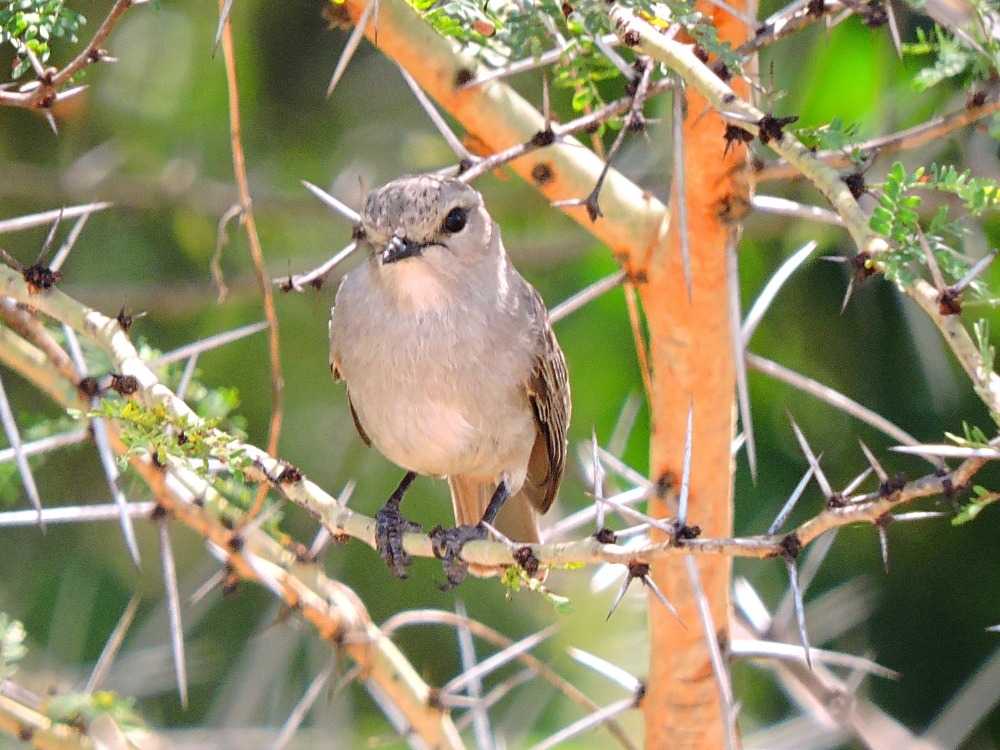
…while later that day, Purple Grenadier, picking around in a pile of trash outside my hotel room, provided more color.
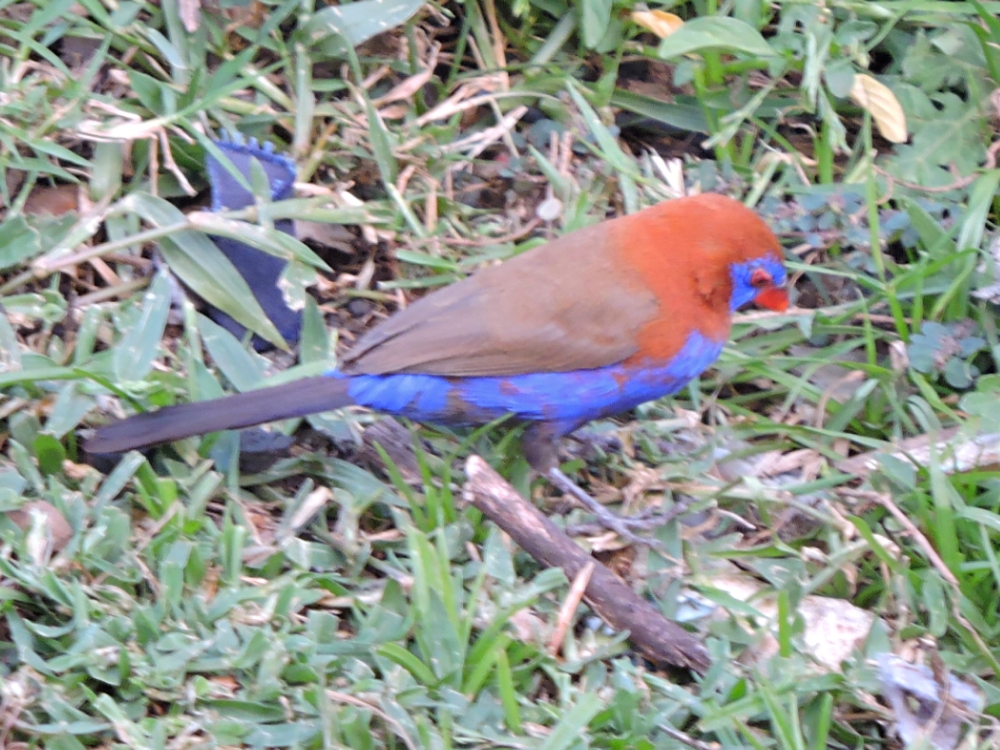
At the Thimlich Ohinga WHS, and on the way there, I added Malachite Kingfisher, Pale Flycatcher, Beautiful Sunbird, Tree Pipit, and Gray-Capped Social Weaver, with the best bird at the Site being Red-Fronted Tinkerbird.
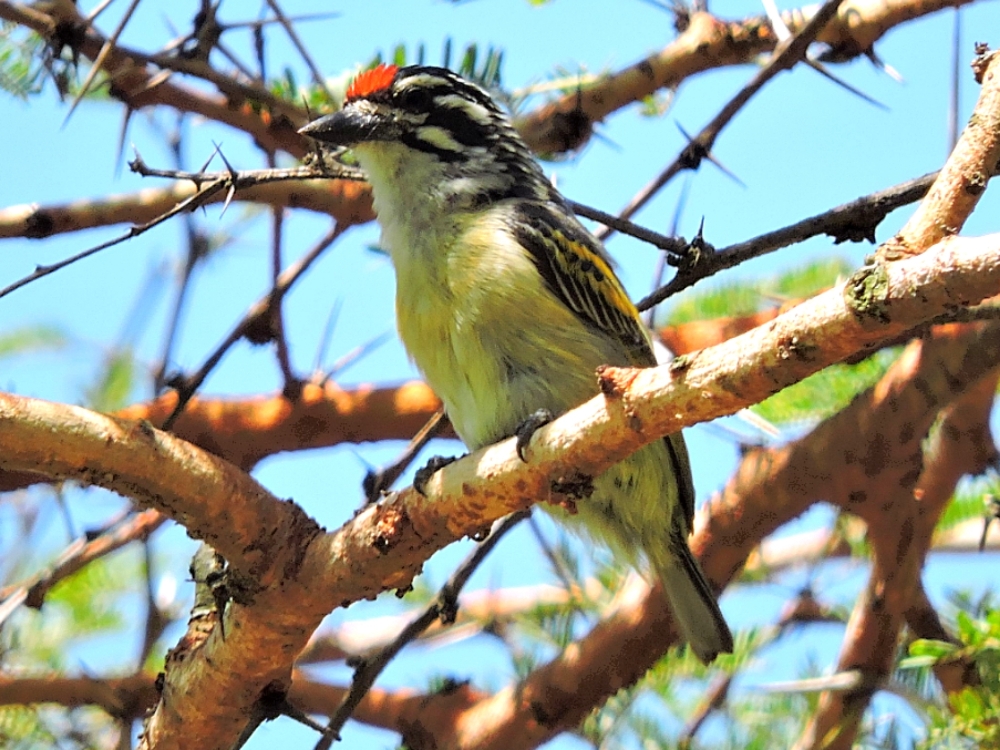
The first of the hotspots I visited was the Kakamega Forest, a small isolated fragment of the Congo rainforest that is the easternmost example of that biome. The forest is run by the local community, who provide a guide for visitors, a mode I generally prefer. A good spotter named Nancy took me through and, though my photographic efforts were below average that day, we saw Forest Weaver, Red-Headed Malimbe, Sharpe’s Drongo, Black Cuckoo, Black-Faced Rufous-Warbler, Joyful Greenbul, Petit's Cuckooshrike, Buff-Throated Apalis, Black-Collared Apalis, Luhder’s Bushshrike, and two rather unsatisfactory observations of high priority birds, White-Spotted Flufftail, and Southern Hyliota. However, my top target was the only bird that was gracious enough to pose for a while in a reasonable location, Blue-Headed Bee-Eater.
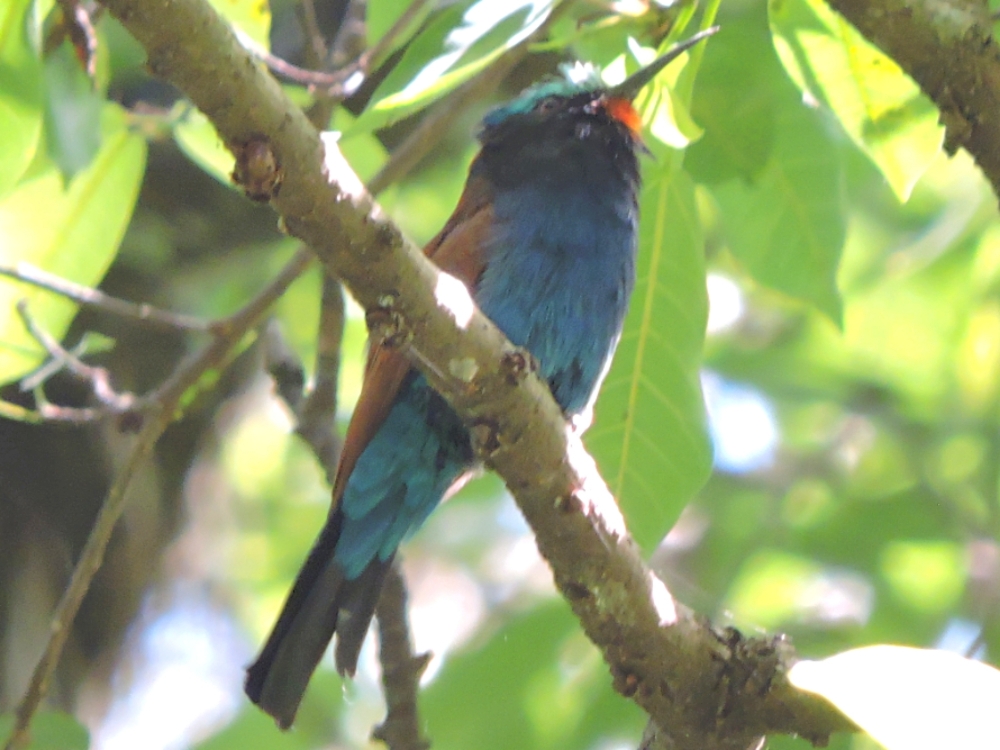
Sightings dropped off for the next few days, but that was not a problem because one of the best single days I have had in a while soon followed, at Lake Nakuru National Park. I went there with Moses Kandie, of Birdwatching Kenya and with his skillful assistance, and the Park’s mix of wetland and savanna habitats, we had a very successful day, starting with Coqui Francolin.
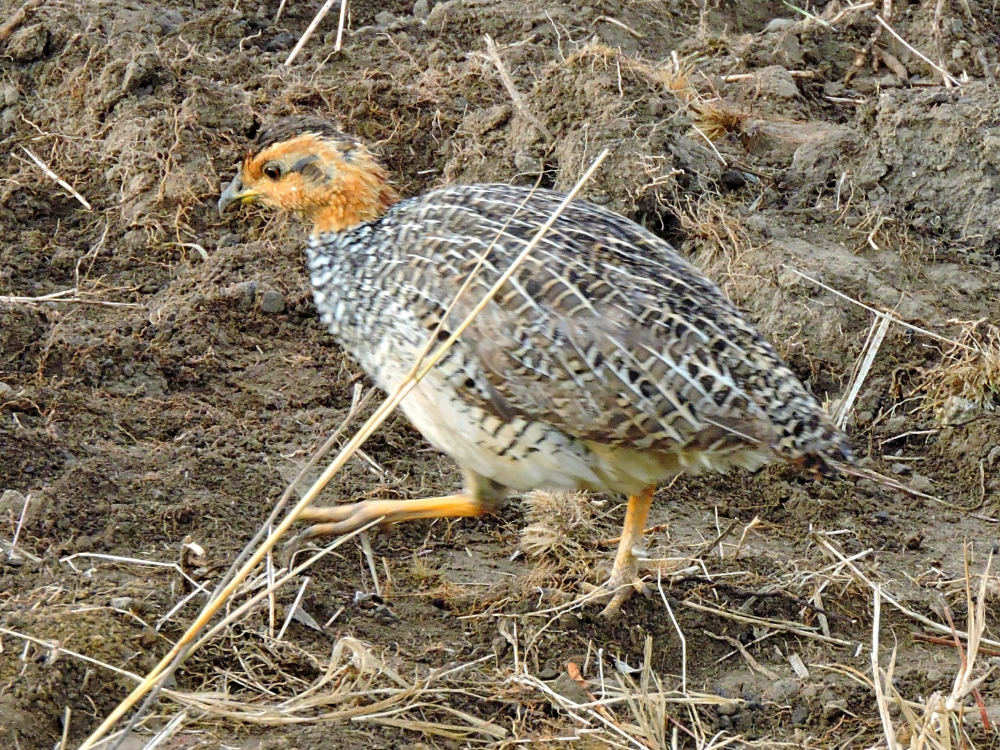
The shruby areas around the park yielded Yellow-Breasted Apalis…
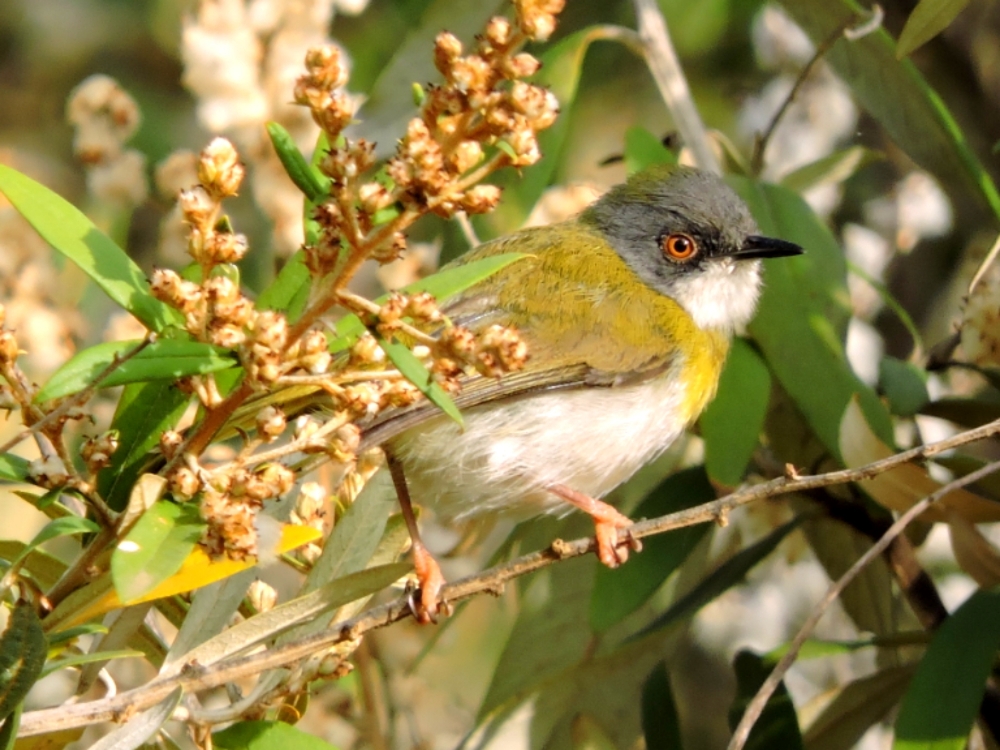
…Amethyst Sunbird,…
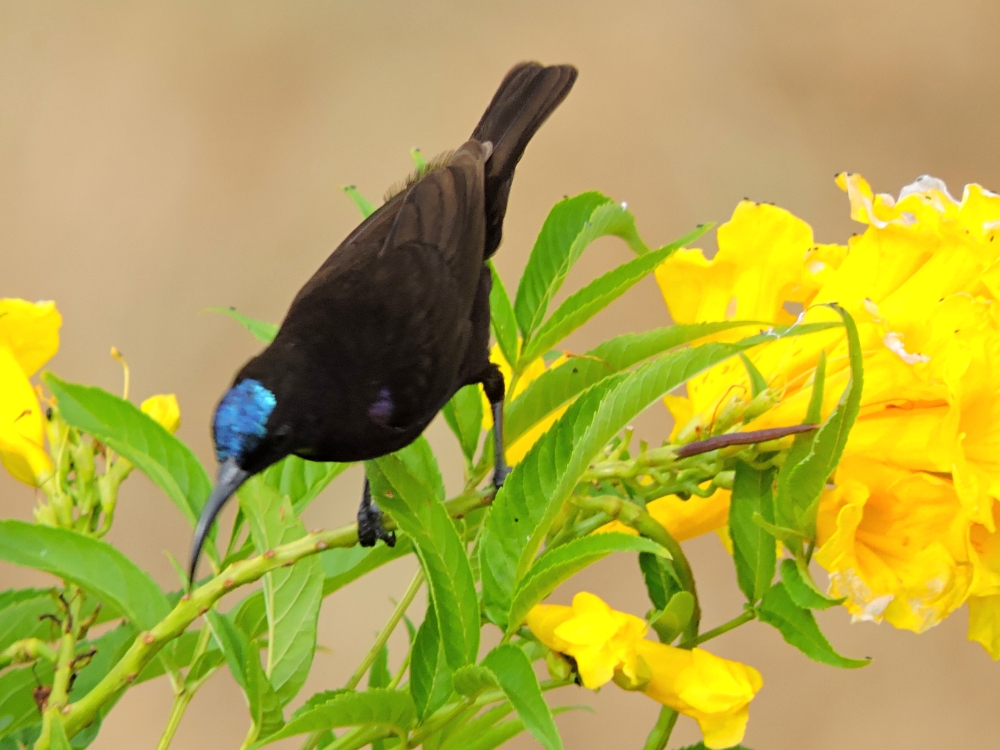
…and Scaly-Throated Honeyguide, the first member I have seen from a family that had been frustrating me for a while.
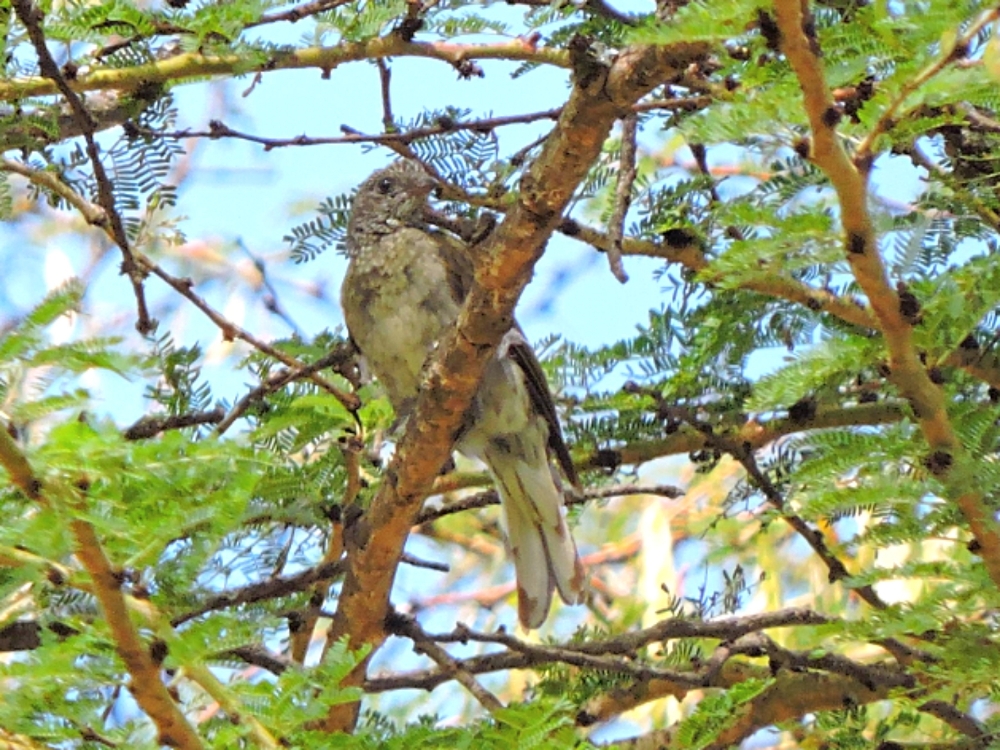
I knew the area around the lake would be productive, and things got off to a good start with African Spoonbill.
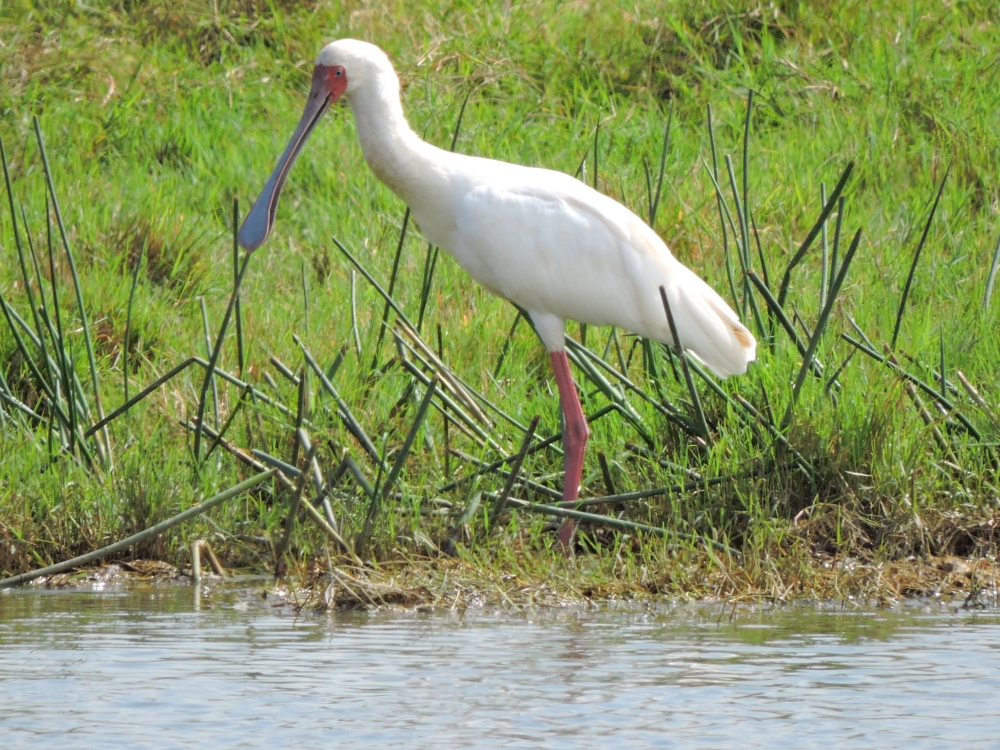
Ducks were also abundant, and five new species filled up some remaining gaps in my sightings: Hottentot Teal…
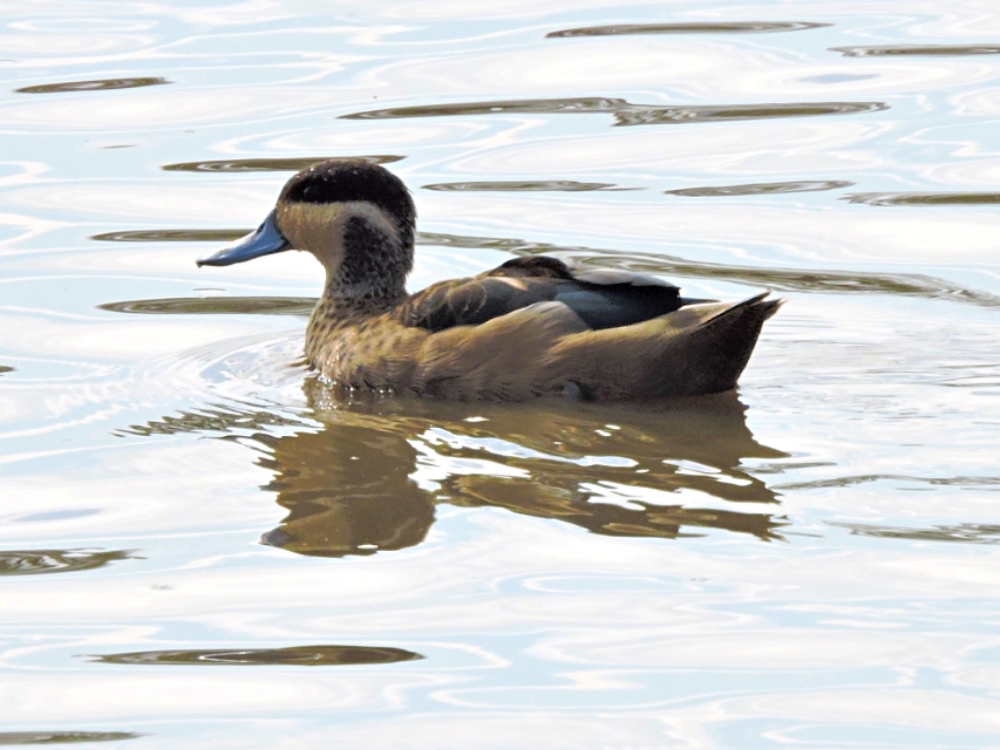
…Red-Billed Duck,…
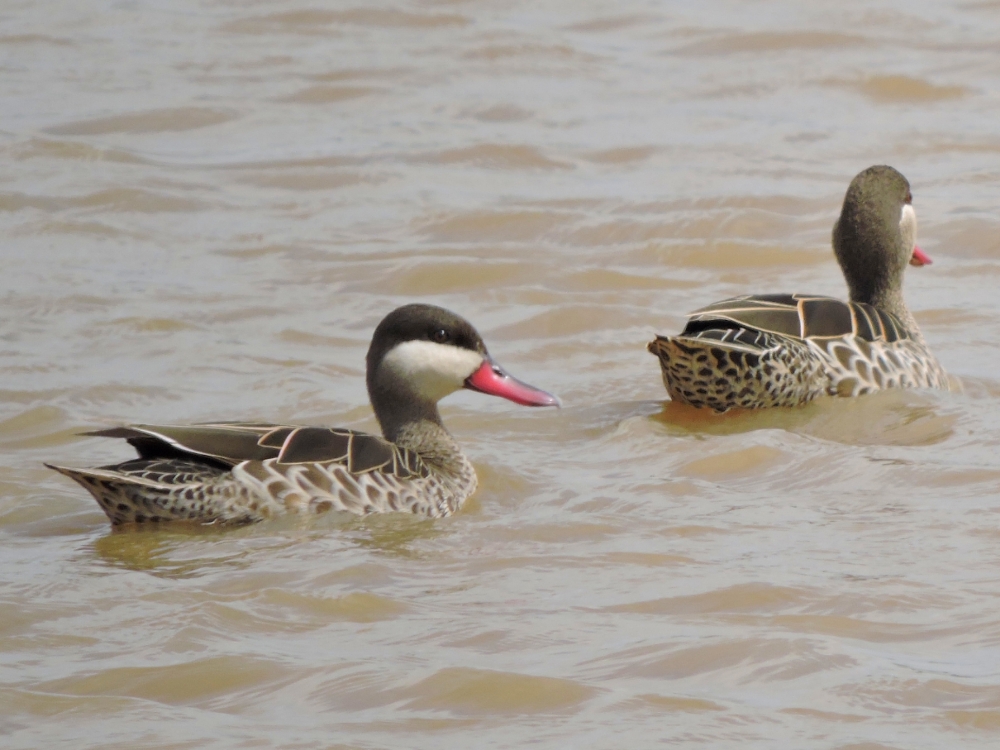
…White-Backed Duck,…
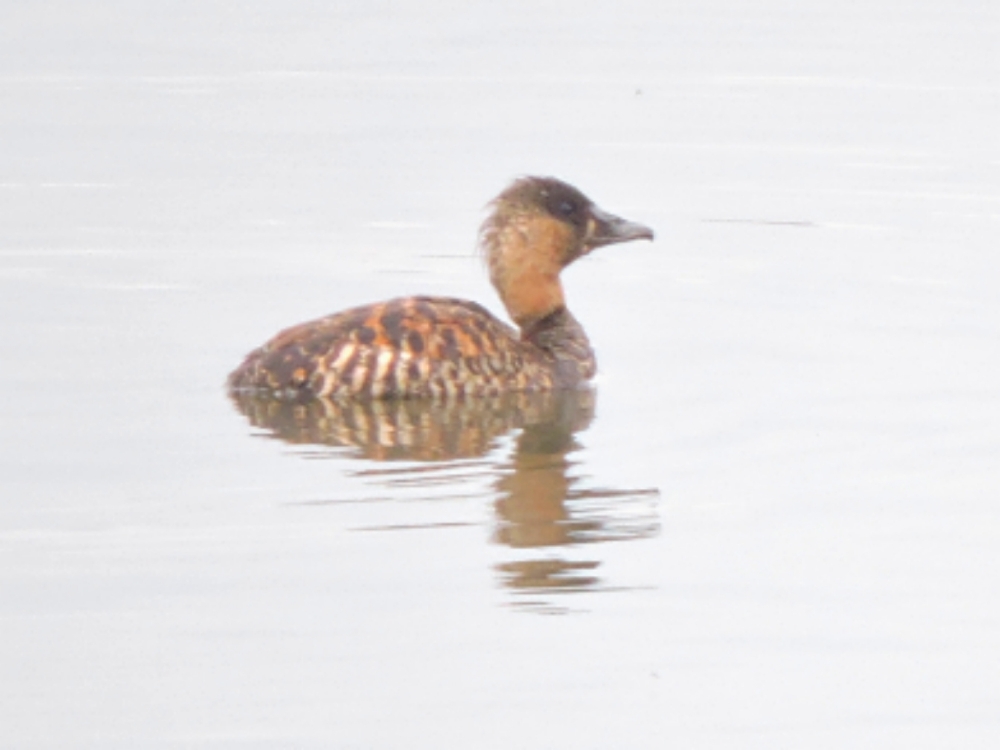
…the very attractive Cape Teal,…
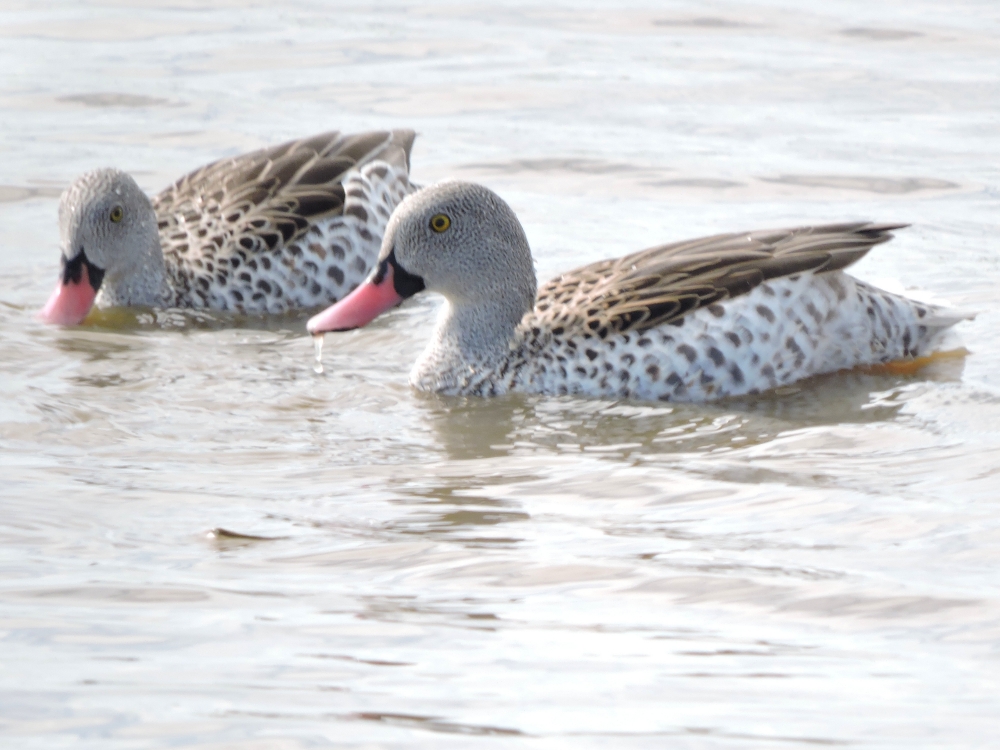
…and the more elusive African Black Duck.
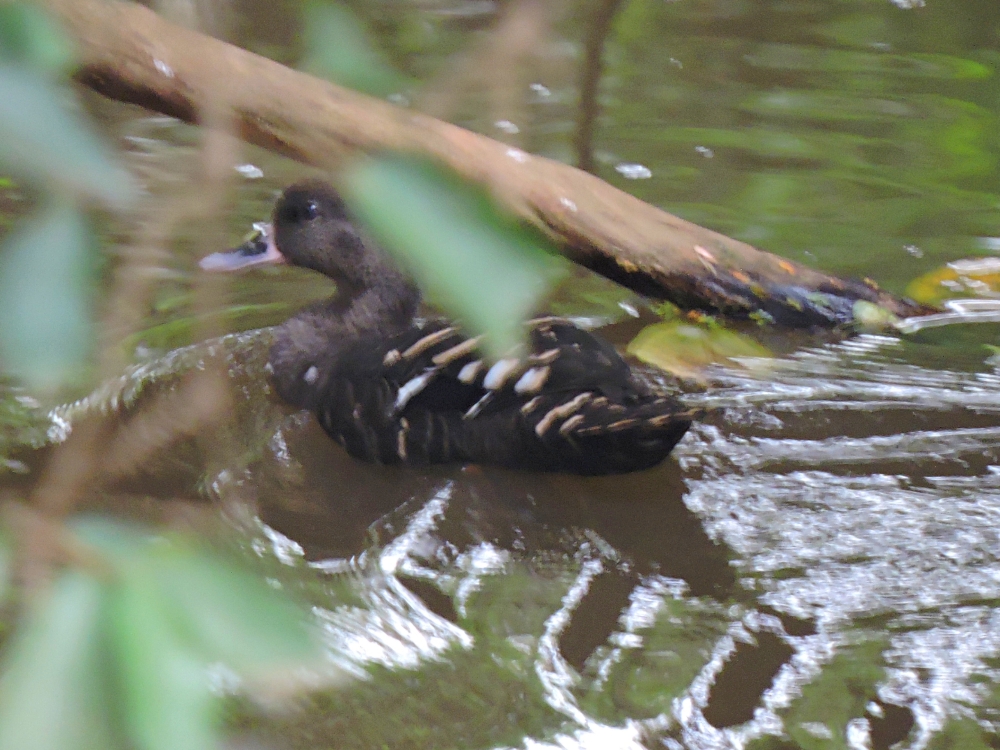
Also seen at Lake Nakuru were Hildebrandt’s Francolin, Ring-Necked Dove, Pink-Backed Pelican, Spot-Flanked Barbet, Lesser Honeyguide, Mountain Gray Woodpecker, White-Headed Barbet, White-Bellied Tit, Rattling Cisticola, Northern Anteater-Chat, Kenya Rufous Sparrow, Rufous-Tailed Rock-Thrush, Mourning Wheatear, Gray-Crested Helmetshrike, African Black-Headed Oriole, Brown Parisoma, Speke’s Weaver, Little Rock-Thrush, Buff-Bellied Warbler, Pectoral-Patch Cisticola, Plain-Backed Pipit, and Cape Crow.
The next hotspot, Nairobi National Park, was not very far away, and I thought that at a Park directly adjacent to a giant city I might be able to go cycling there. However, despite its proximity to humans, there are predators in the Park, so instead I went there for a day with Washington Wachira, of Cisticola Tours, one of Kenya’s most well known birding guides, and more satisfying results followed, starting with Shelley’s Francolin.
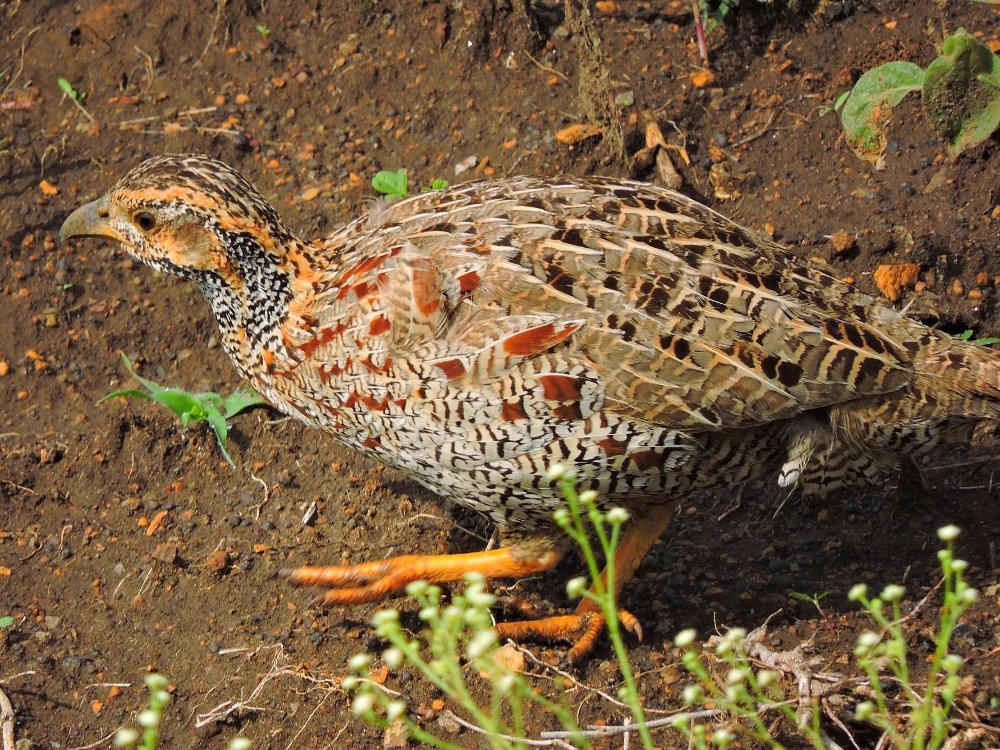
Three-Banded Plover was a species I had tentatively counted in Uganda, but this sighting was much more definitive.
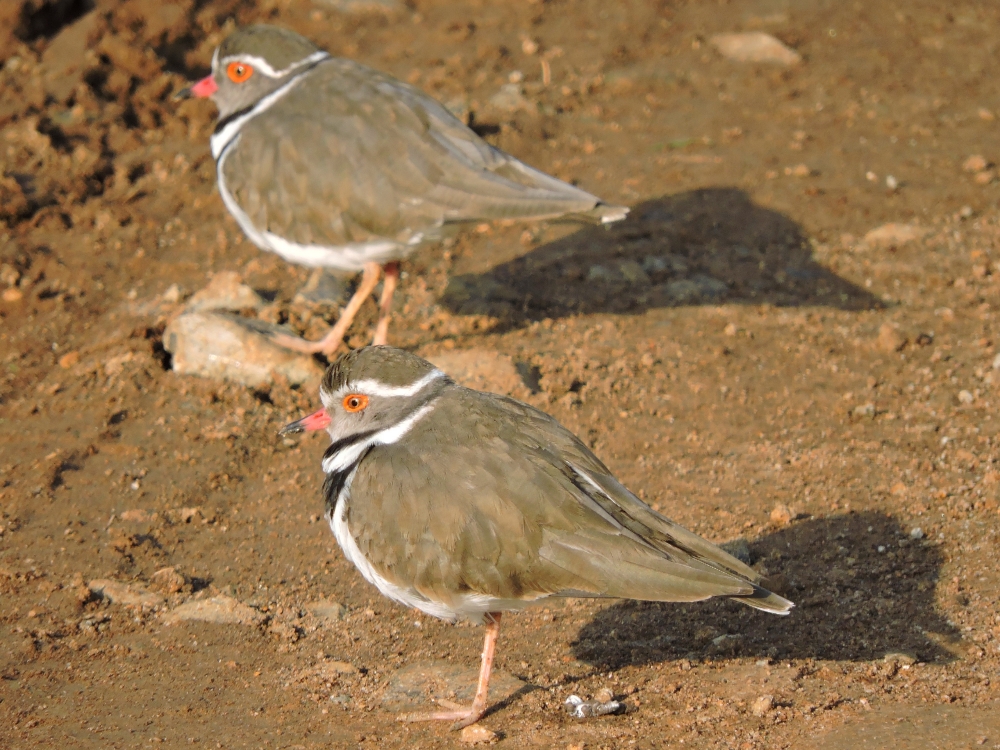
The last member of this group from this section was Spotted Thick-Knee.
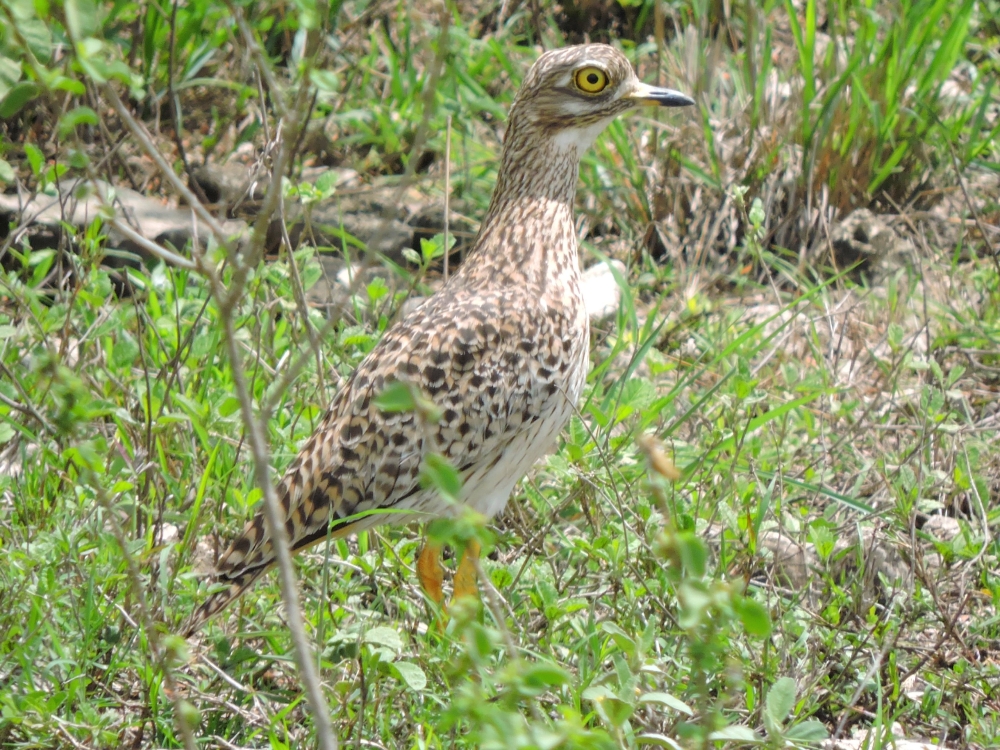
And the best raptor seen that day was Martial Eagle.
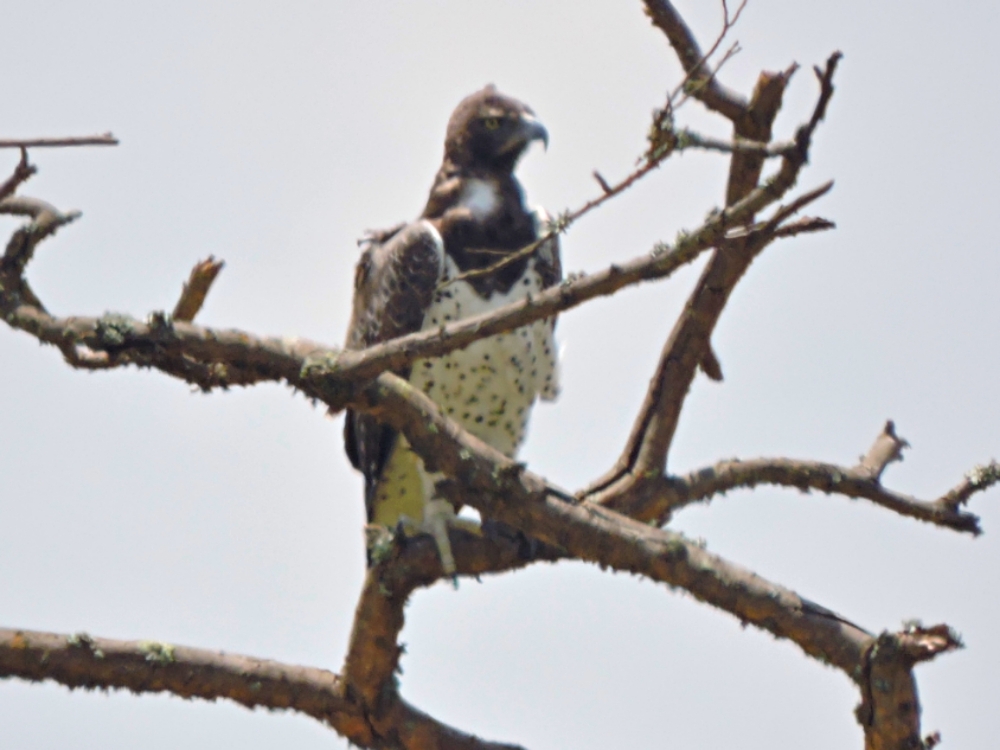
With the smaller birds including Northern Pied-Babbler,…
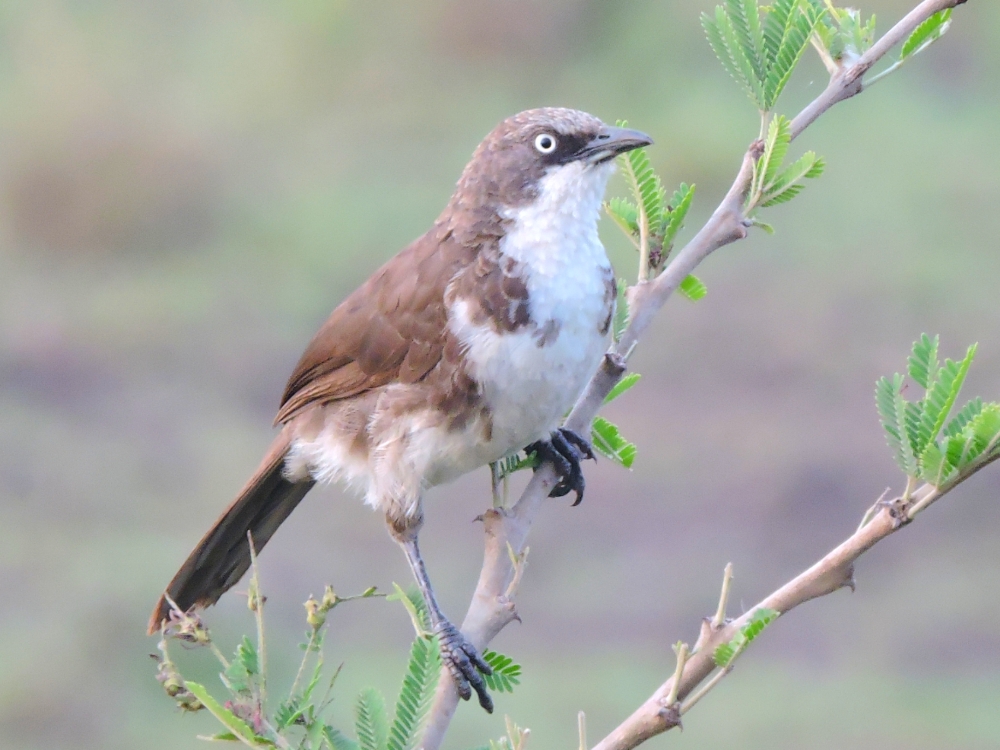
…Pangani Longclaw,…
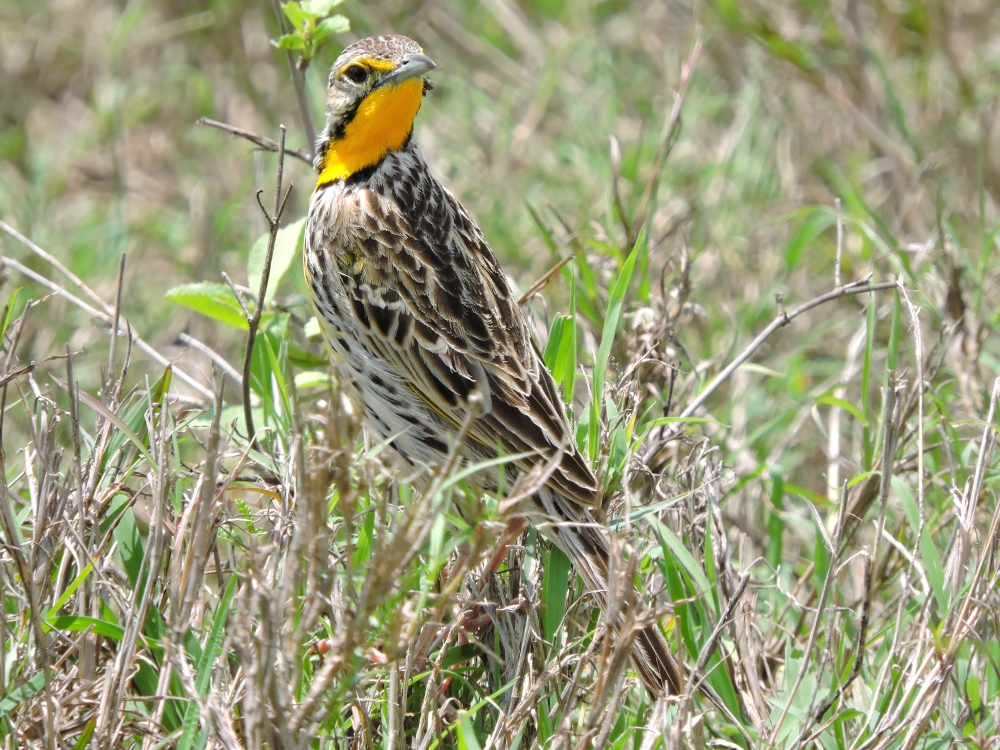
…and Fischer’s Sparrow-Lark a rather attractive bird from the little brown category.
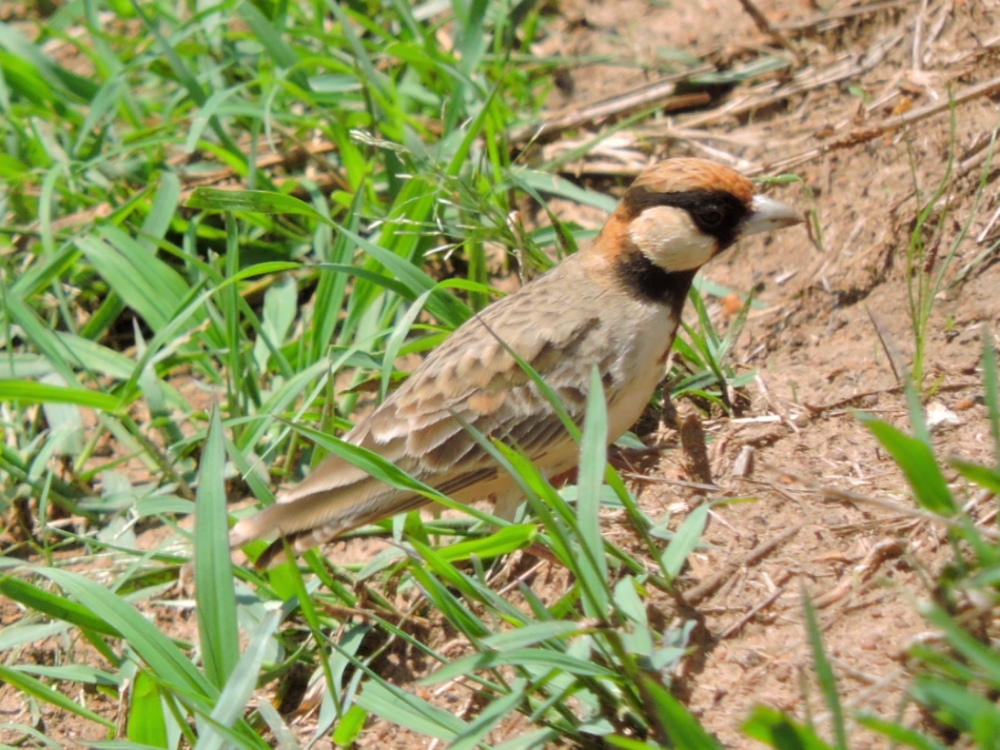
The remaining species added there were: Yellow-Necked Francolin, Brown-and-White Barbet, Bateleur, Dusky Turtle-Dove, Green Sandpiper, Grosbeak Weaver, Speckle-Fronted Weaver, Parasitic Weaver, Vitelline Masked-Weaver , White-Winged Widowbird,Reichard’s Seedeater, Slate-Colored Boubou, Rosy-Throated Longclaw, Singing Cisticola, Siffling Cisticola,Foxy Lark, Pied Wheatear, Red-Faced Crombec, Moustached Grass-Warbler, and Red-Tailed Shrike.
As I continued east the elevation decreased and the climate became more arid, and that change of environment allowed me to add several new species while cycling. In addition to two Starlings, Black-Bellied Starling and Wattled Starling, I happily added D’Arnaud’s Barbet,…
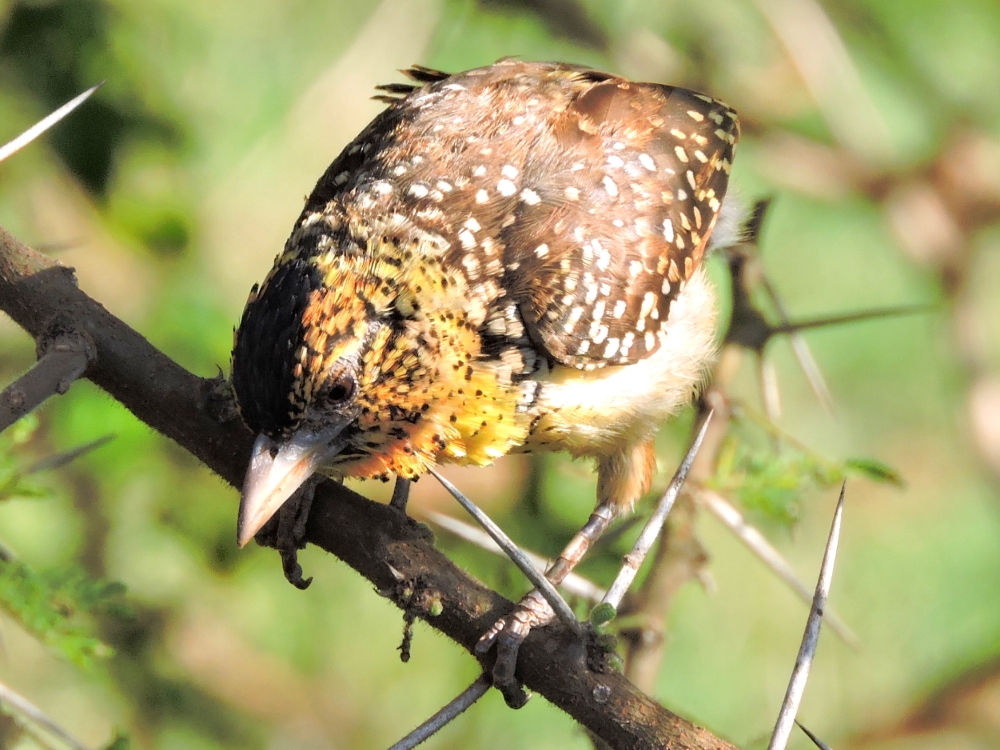
…Eastern Chanting-Goshawk, the last of several similar raptors seen during this section…
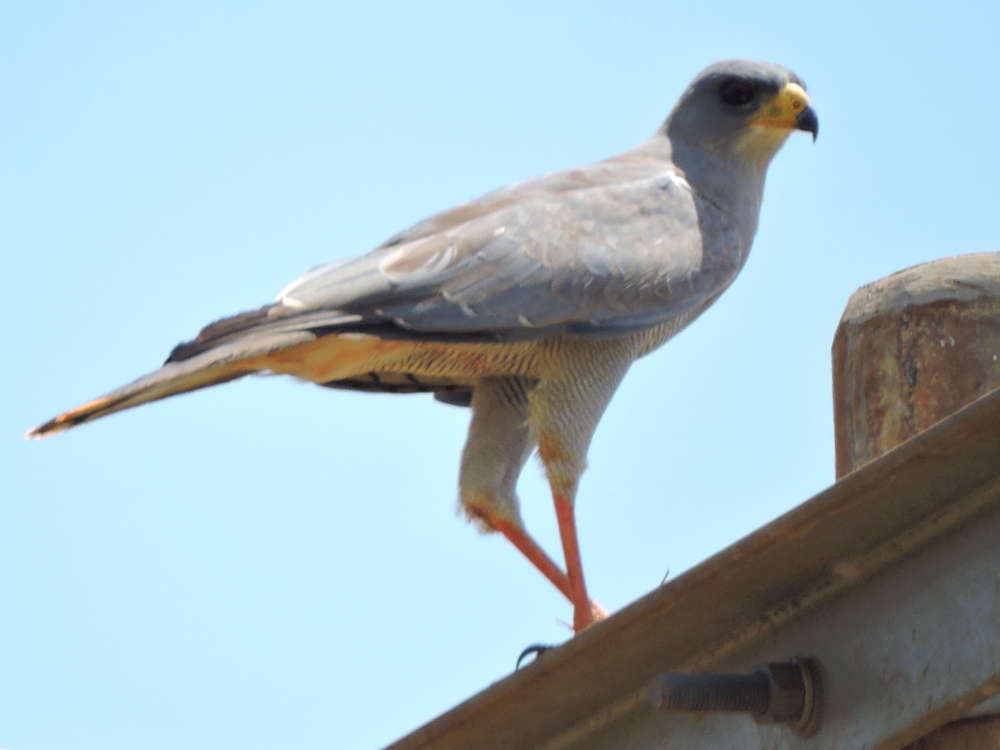
…another Honeyguide, Greater Honeyguide,…
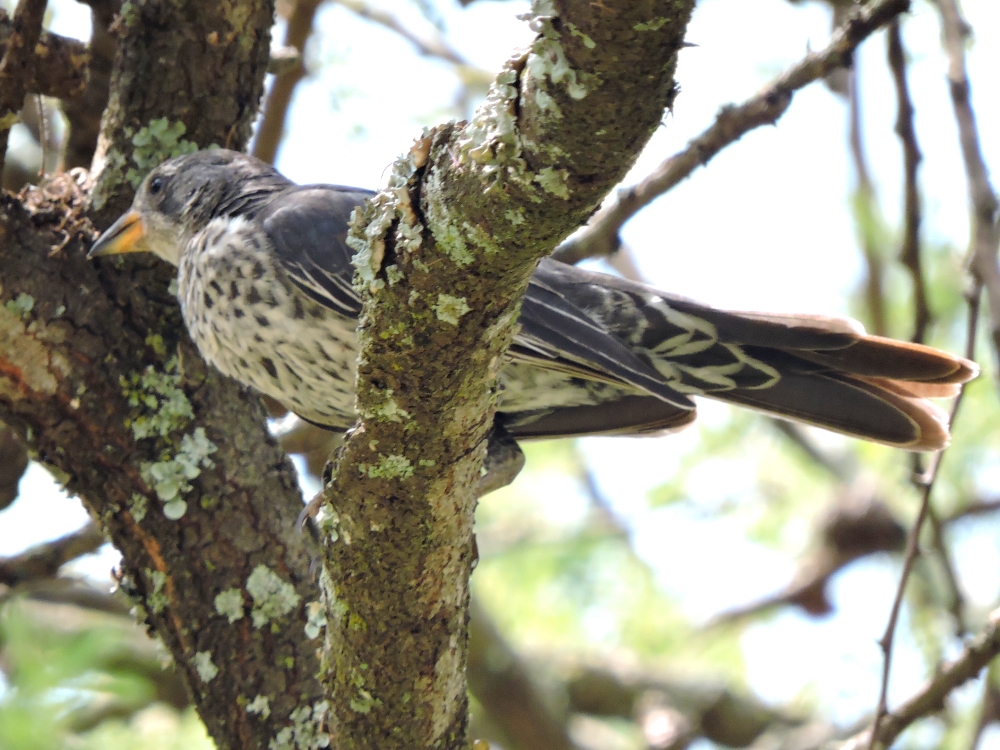
…and European Roller, a species I constantly searched for, but failed to see, last summer in Ukraine, but which would become one of the most common birds I would see for the next few weeks.
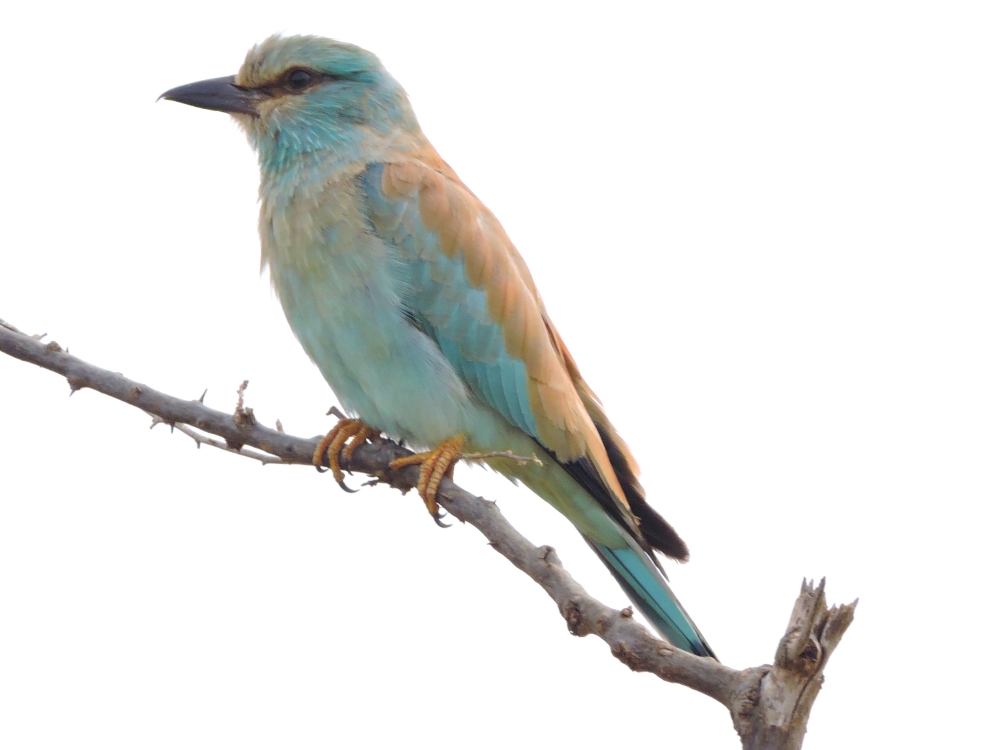
The final hotspot was Tsavo East National Park. I had not been able to locate a guide in advance in that case, but my hotel was able to connect me with a man named Peter, who is primarily a general safari guide, but also knew where the birds were likely to be seen. The Park produced some great sightings, like Pygmy Falcon,…
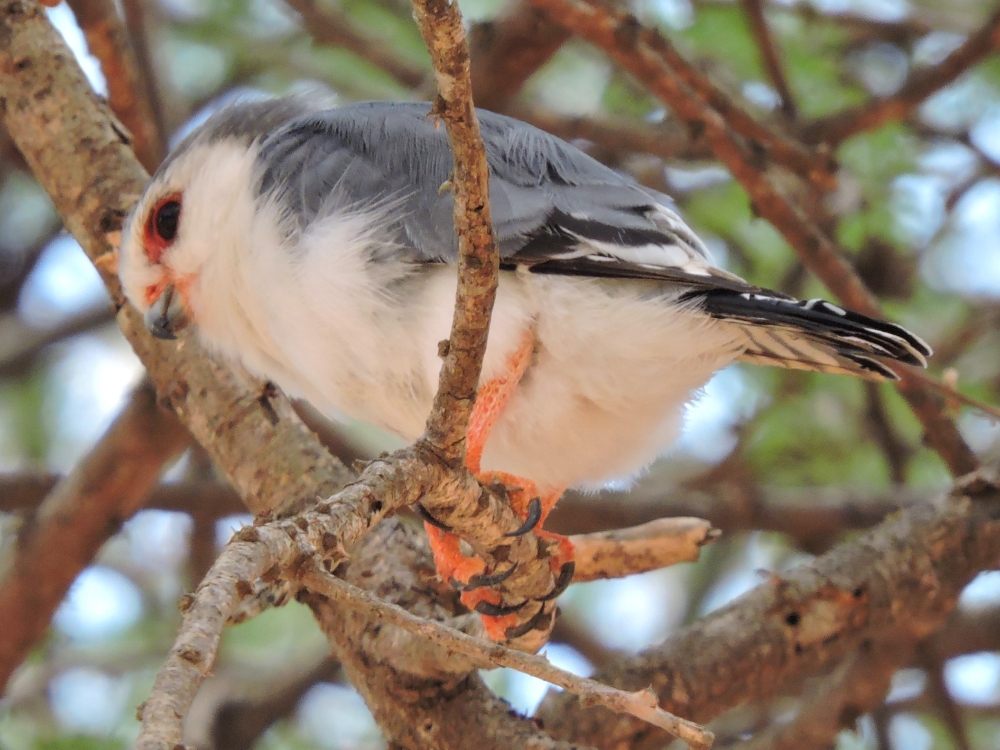
…and two much larger bustards, Buff-Crested Bustard,…
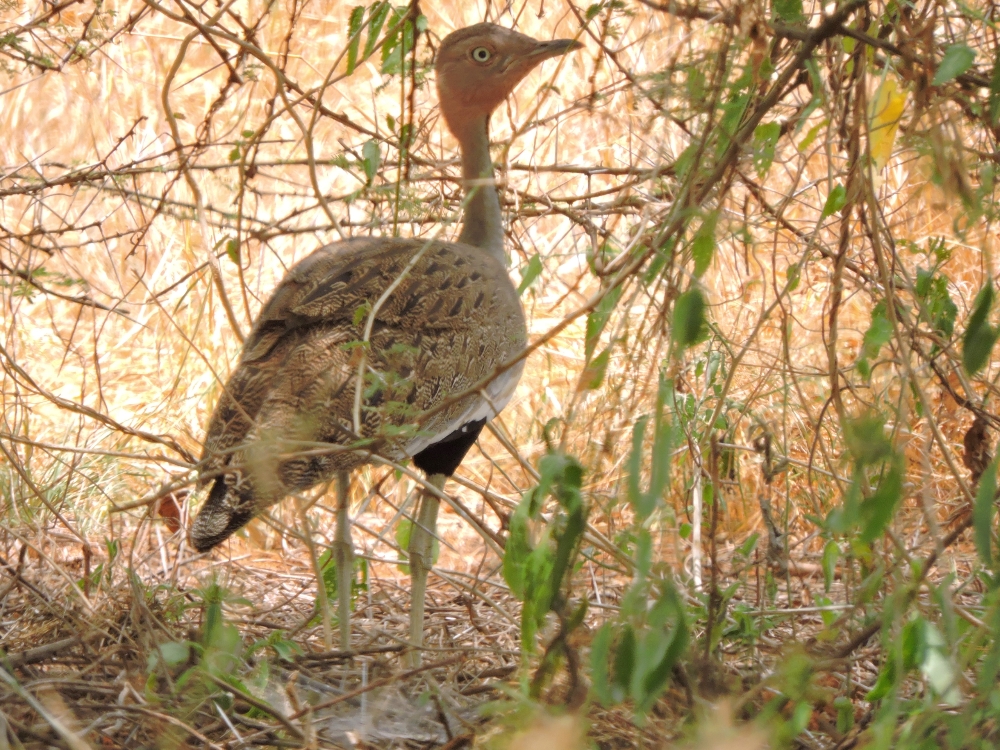
…and White-Bellied Bustard .
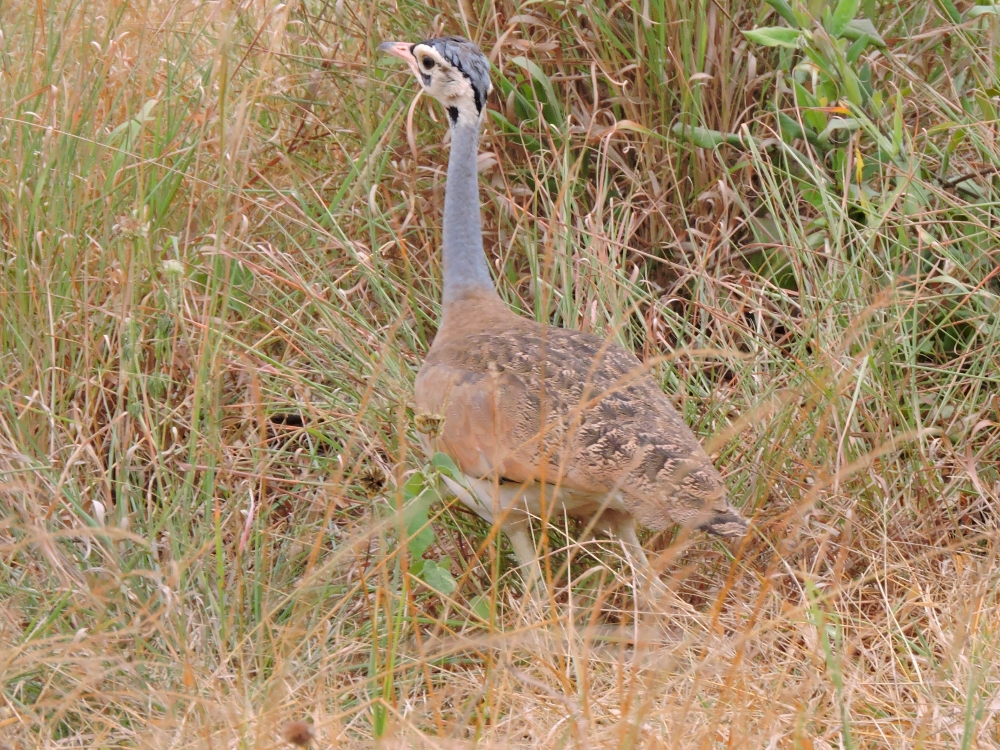
Probably the best observation I have made in a few months was an example from one of the two taxonomic orders I have yet to see in my list, Black-Faced Sandgrouse.
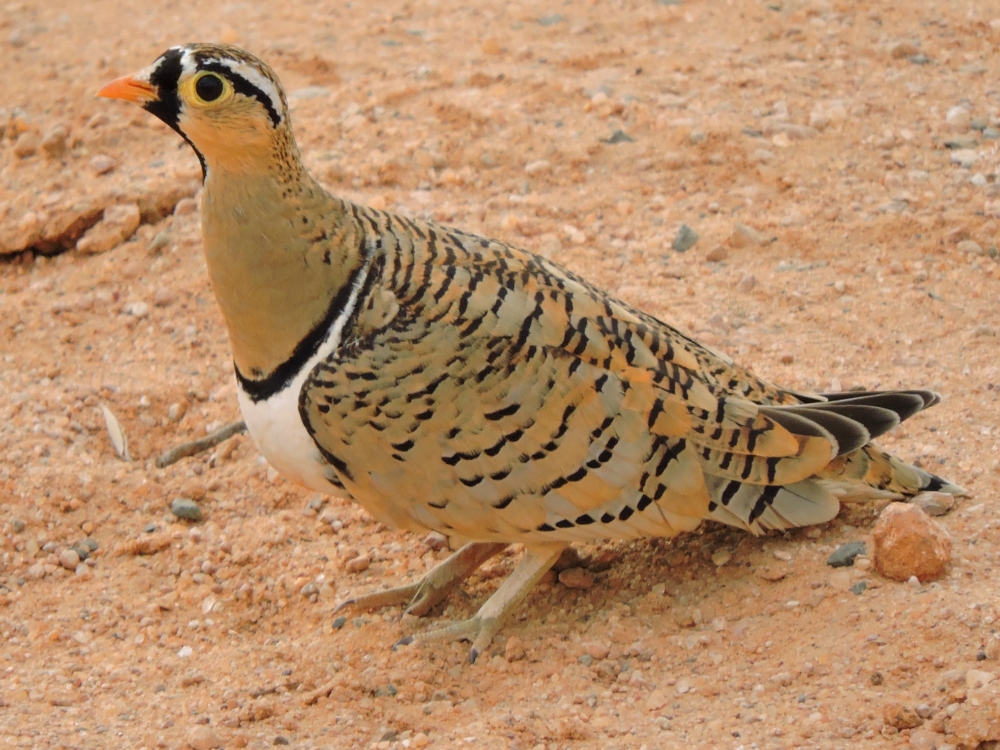
Between my first visit to East Africa and now, the Ostrich was split into two species, so it was another satisfying experience to add Somali Ostrich.
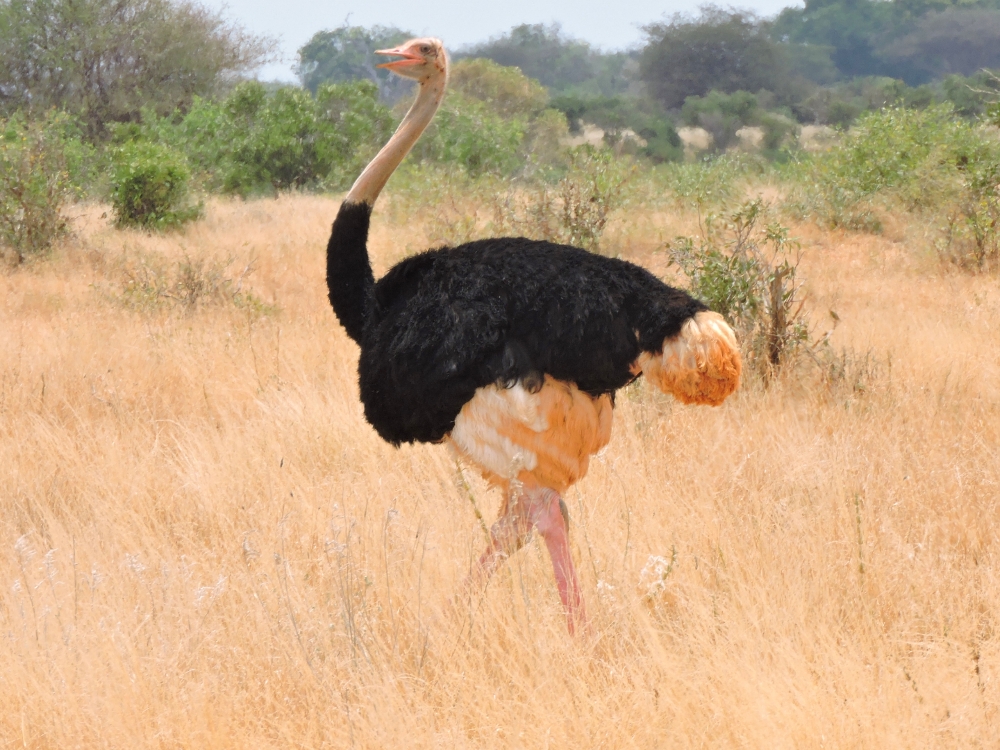
The rest of the new birds seen in Tsavo were: Pallid Harrier, Black-Chested Snake-Eagle, White-Headed Mousebird, Bearded Woodpecker, Singing Bushlark, Taita Fiscal, Isabelline Shrike, Red-Billed Buffalo-Weaver, Black-Bellied Sunbird, Golden Pipit, Fischer’s Starling, Magpie Starling, Cut-Throat, and Parrot-Billed Sparrow.
Eventually, I arrived at the Indian Ocean coast and at Lamu I saw two migrant shorebirds from the palearctic, Terek Sandpiper, and Curlew Sandpiper, as well as an uncommon addition for me, a new gull, thankfully one whose identity was unambiguous, Sooty Gull.
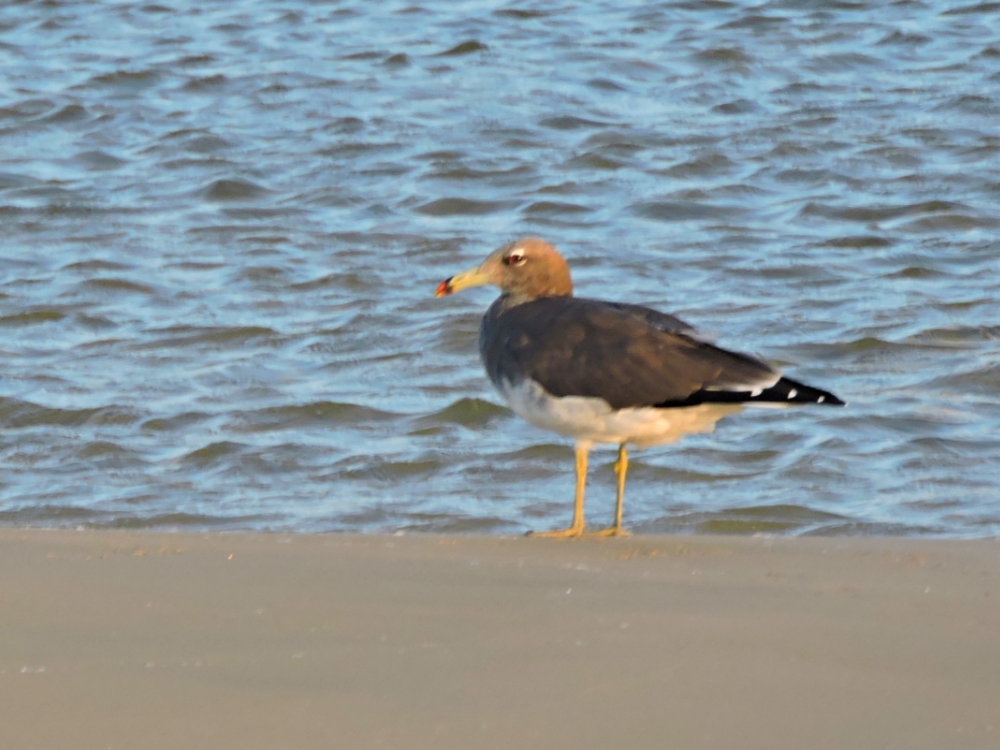
Nearby, I observed another excellent species, one that is a monotypic family, Crab-Plover.
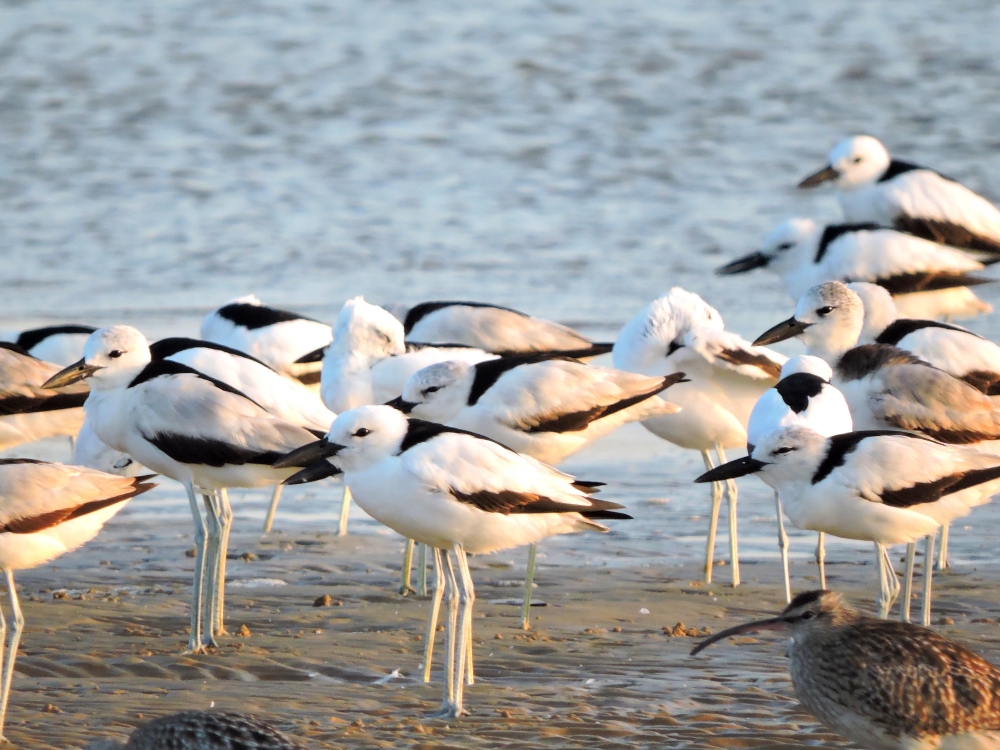
With some time to spare at the coast and Mombasa, I made a few limited efforts to track down some more additions, with only moderate success. The best birds were seen when I went to the Nguuni Nature Sanctuary, not far from the city, with a young birding guide, Eric Lumbasho. Birds seen around the area were Levaillant’s Cuckoo, African Swamphen, Zanzibar Boubou, Black-Throated Wattle-Eye, Zanzibar Red Bishop, Sombre Greenbul, Northern Brownbul, and Golden Palm Weaver, with the best birds at Nguuni being Slender-Tailed Nightjar,…
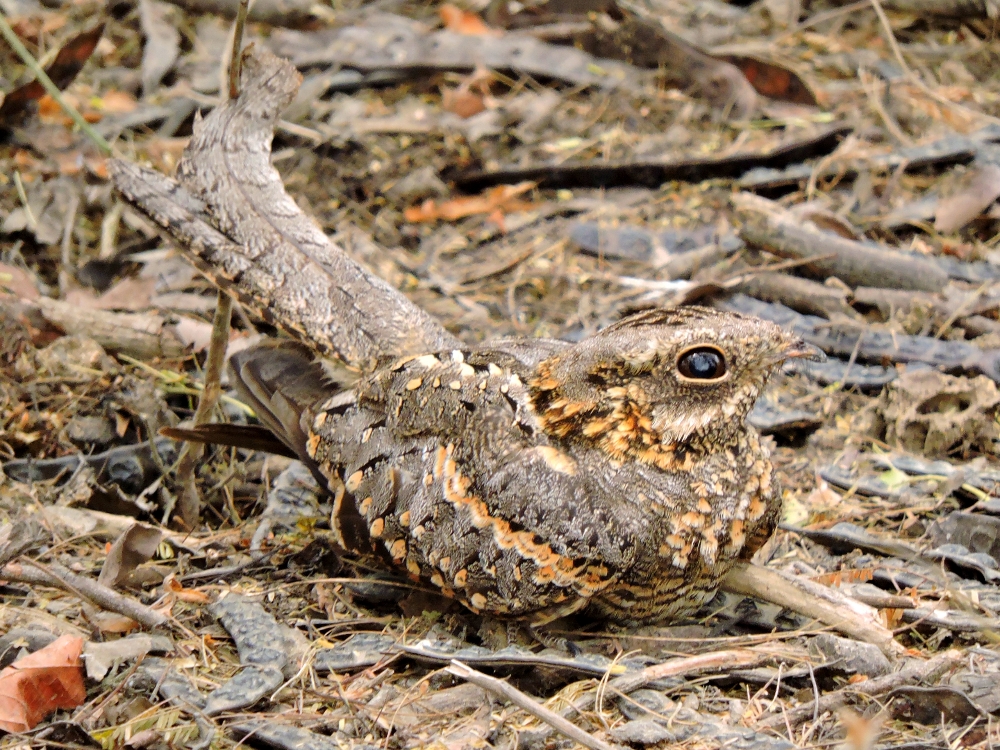
…and a species that had been eluding me for months, Violet-Backed Starling.
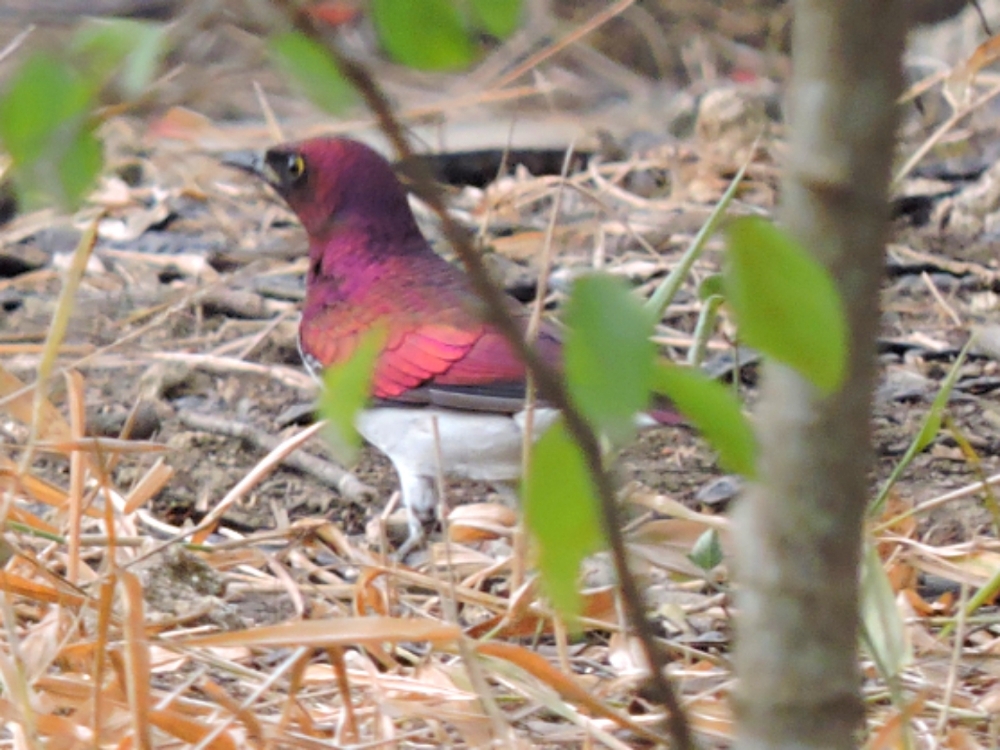
This total of one hundred eighteen Life Birds in Kenya was a very pleasant surprise and, while I did miss a handful of species I really wanted to see, the result here, as well as in Africa in general, definitely gave me a feeling of optimism that my birding goal will indeed be met. Asante Kenya!